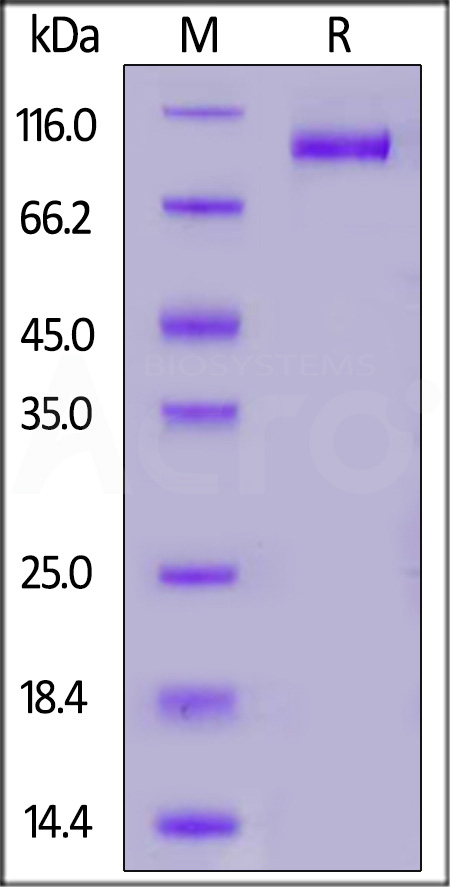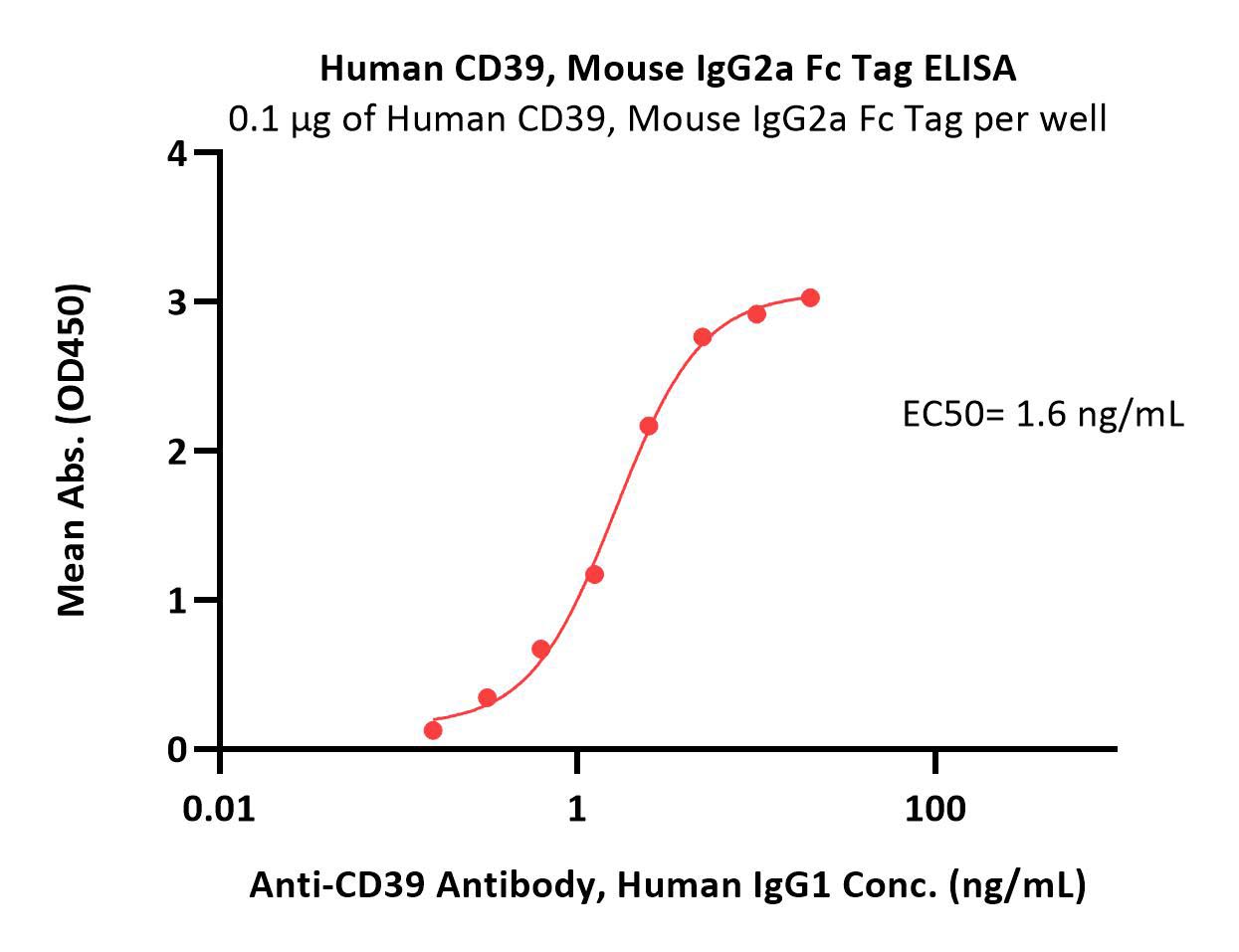TGF-β Induces the Secretion of Extracellular Vesicles Enriched with CD39 and CD73 from Cervical Cancer CellsMolina-Castillo, Monroy-García, García-Rocha
et alInt J Mol Sci (2025) 26 (6)
Abstract: The presence of TGF-β in the tumor microenvironment of cervical cancer (CC) is important for tumor progression. In this study, we analyzed the effect of TGF-β on the expression of the ectonucleotidases CD39 and CD73, which are involved in the generation of adenosine (Ado), in CC cells and in extracellular vesicles (EVs) secreted by these cells. Treatment of HeLa and CaSki cells for 72 h with recombinant human TGF-β increased the expression of CD39 and CD73 by 20 and 30% and by 40 and 100%, respectively. The addition of SB505124, an inhibitor of the TGF-β1 receptor, or GW4869, an inhibitor of exosome formation and release, reduced the expression and release of both ectonucleotidases in CC cells. Furthermore, TGF-β promoted the secretion of medium-large EVs (>130 nm) in HeLa cells (HeLa + TGF-β/EVs) and CaSki cells (CaSki + TGF-β/EVs), which increased the expression of CD39 (>20%) and CD73 (>60%), and EVs obtained from cells treated with TGF-β had a greater capacity to generate Ado than did EVs obtained from cells cultured in the absence of this factor (HeLa/EVs and CaSki/EVs). These findings suggest that the production of TGF-β in the CC TME can promote neoplastic progression through the secretion of EVs enriched with CD39 and CD73. Therefore, the inhibition of CD39+ CD73+ EVs could be a strategy for the treatment of CC.
Bacterial vaginosis associates with dysfunctional T cells and altered soluble immune factors in the cervicovaginal tractMacLean, Tsegaye, Graham
et alJ Clin Invest (2025)
Abstract: Bacterial vaginosis (BV) is a dysbiosis of the vaginal microbiome that is prevalent among reproductive-age females worldwide. Adverse health outcomes associated with BV include an increased risk of sexually-acquired HIV, yet the immunological mechanisms underlying this association are not well understood.To investigate BV-driven changes to cervicovaginal tract (CVT) and circulating T cell phenotypes, Kinga Study participants with or without BV provided vaginal tract (VT) and ectocervical (CX) tissue biopsies and PBMC samples.High-parameter flow cytometry revealed an increased frequency of cervical conventional CD4+ T cells (Tconv) expressing CCR5. However, we found no difference in number of CD3+CD4+CCR5+ cells in the CX or VT of BV+ versus BV- individuals, suggesting that BV-driven increased HIV susceptibility may not be solely attributed to increased CVT HIV target cell abundance. Flow cytometry also revealed that individuals with BV have an increased frequency of dysfunctional CX and VT CD39+ Tconv and CX tissue-resident CD69+CD103+ Tconv, reported to be implicated in HIV acquisition risk and replication. Many soluble immune factor differences in the CVT further support that BV elicits diverse and complex CVT immune alterations.Our comprehensive analysis expands on potential immunological mechanisms that may underlie the adverse health outcomes associated with BV including increased HIV susceptibility.
Decreased circulating CD39+ regulatory T cell frequencies following non-traumatic brain deathAmiri, Nejad, Karamigolbaghi
et alTranspl Immunol (2025)
Abstract: Regulatory T cells (Tregs) are thought to modulate immune responses during Brain death (BD), However findings on their role remain controversial. This study aimed to assess the frequency of circulating Tregs in the peripheral blood of non-traumatic BD cases, specifically focusing on CD4+CD25+CD127low/-CD39+ Tregs and the levels of inflammatory cytokine mRNA in BD individuals.The percentage of CD4+CD25+CD127low/-CD39+ Tregs was measured using flow cytometry in BD patients upon admission and in control subjects. Additionally, mRNA expression levels of interleukin (IL)-1β, IL-6, IL-8, IL-17, tumor necrosis factor (TNF)-α and Interferon (IFN)-γ were quantified in peripheral blood mononuclear cells (PBMCs) from 28 BD individuals and 28 controls using real-time polymerase chain reaction.CD39+ Tregs were significantly reduced in non-traumatic BD cases compared with control group (P < 0.0001). Moreover, the expression levels of IL-1β, IL-6, IL-8, IL-17a, IFN-ɣ, and TNF-α were significantly elevated in non-traumatic BD cases compared to the control group (P < 0.01, P < 0.05, P < 0.01, P < 0.0001, P < 0.0001, P < 0.001 respectively).This study provides novel evidence of reduced CD39+ Tregs in the peripheral blood of non-traumatic BD patients, accompanied by increased inflammatory cytokine gene expression. Further investigations are needed to explore the underlying mechanisms and potential therapeutic implications.Copyright © 2025. Published by Elsevier B.V.
Low levels of CD39+ Tregs may predict poor outcome in children with sepsisJi, Wang, Wang
et alInt Immunopharmacol (2025) 153, 114445
Abstract: Sepsis is a life-threatening condition caused by a dysregulated immune response. This study aimed to explore immune dysregulation in pediatric sepsis and identify prognostic biomarkers for mortality prediction.Ninety-nine children with sepsis were followed for 28 days. Flow cytometry was used to analyze T cells, T-helper cells, B cells, natural killer (NK) cells, dendritic cells (DCs), and their subpopulations. Correlations between CD39+ regulatory T cells (Tregs), plasmacytoid DCs (pDCs), and transitional B cells with Phoenix Sepsis Score (PSS) were assessed. Receiver operating characteristic and Kaplan-Meier analyses were used to evaluate the prognostic value of CD39+ Tregs and pDCs. Cytokine levels were measured using a cytometric bead array.CD39+ Tregs and transitional B cells were significantly lower in the nonsurvival and remote groups, while pDCs showed the opposite trend. CD39+ Tregs were negatively correlated with PSS, and pDCs were positively correlated. CD39+ Tregs below 12.45 % and pDCs above 0.96 % were both strong predictors of increased mortality risk. CD39+ Tregs maintained stable predictive performance within 72 h.CD39+ Tregs and pDCs may serve as potential prognostic biomarkers in pediatric sepsis, with specific thresholds predicting increased mortality risk.Copyright © 2025 Elsevier B.V. All rights reserved.


























































 膜杰作
膜杰作 Star Staining
Star Staining















